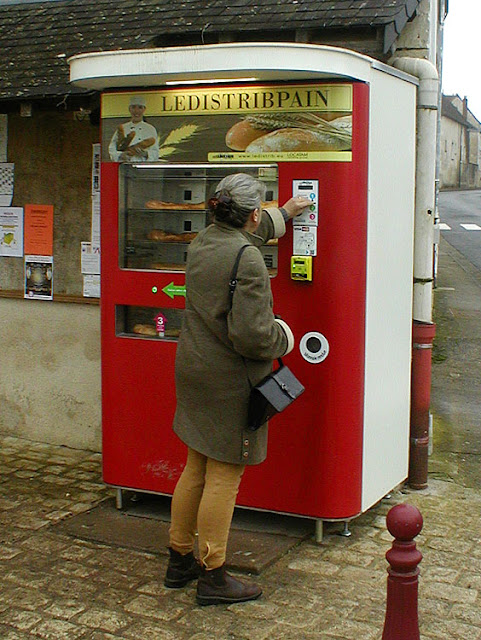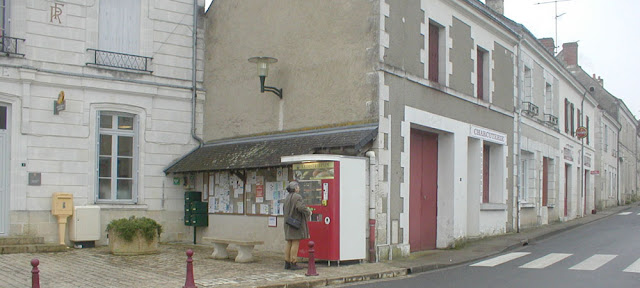Increasingly, as the population in rural France ages and declines, village
bakeries are struggling. Yet French law demands that everyone have access to
fresh bread. When a bakery closes, often when the baker retires and no one
takes the business over, small villages can be left with no supplier of bread
in the community
A typical village bakery employs about six people, four of whom are
apprentices. Becoming a baker is the most popular apprenticeship in France.
But young bakers don’t necessarily want to strike out on their own, which is
why village bakeries are at risk when the owner retires. Young bakers these
days generally prefer to be salaried workers, and will choose to work in a
bakery factory or supermarket bakery rather than risk being self-employed
business owners
In the past what would have happened is one of two alternatives. Either a
bakery from a nearby village that had a delivery round would extend their
range and deliver to households in the next municipality. Or another shop in
the village that had lost its bakery would act as a depôt du pain, selling bread from the bakery in a neighbouring village for a small
premium. Nowadays though fewer and fewer bakeries do house to house
deliveries, and many small villages do not have any shops left
The solution for many small local authorities today is to arrange a
partnership with a bakery in a nearby village and to install a baguette
vending machine. The neighbouring bakery replenishes the stock a couple of
times a day and the bread costs maybe 5 cents more than if you bought it in
the shop, around €1 or €1.10. The vending machines take cash and/or card and
give change. One of our local bakeries invested not only in a vending machine
for a nearby village, but also in an electric delivery vehicle, to make sure
they were being as ecologically friendly as possible.
They become an informal ‘office water cooler’ style meeting place, where locals
gather for a chat and to pick up the daily bread. I’ve noticed that the mayor of
small communities can frequently be found lurking about the baguette machine.
They are making themselves available to residents, and gathering intel.
The baguettes on offer are the type known as tradition. A baguette de tradition is an artisanal product with ingredients and method
of production strictly defined by law. It is not an industrial product, but made
fresh and from scratch on a daily basis. The ingredients are wheat flour, salt,
water and a little bakers yeast. No 'bread improvers' or other additions are
allowed (except a very small percentage of soy or lentil flour). A poolish
(pre-ferment) is made, then the dough is given minimal kneading (just enough to
incorporate the remaining flour and water). The dough is set in a proving
chamber to rise. It is knocked back and allowed to rise four times before being
divided and shaped by hand into baguettes. Then it is laid out on undulating
linen sheets known as toiles de couches to rise before baking on the
floor of the oven. Frozen dough may not be used. This seemingly old fashioned
approach is to ensure quality, taking time so the yeast provides leavening,
flavour and modifies the flour into a loaf that has become legendary worldwide.
We are also on Instagram, so check us out to see a regularly updated selection of our very best photos.




1 comment:
If the baguette existed before WWII, I dont recall it as very popular. There was the pain de fantaisie which was as long as a baguette but two or three times as thick. Here are two links to interesting articles on many kinds of French bread.
http://chezjim.com/18c/breads/Bread_18_2.html
https://behind-the-french-menu.blogspot.com/2018/08/pain-bread-french-bread-different-types.html
Post a Comment